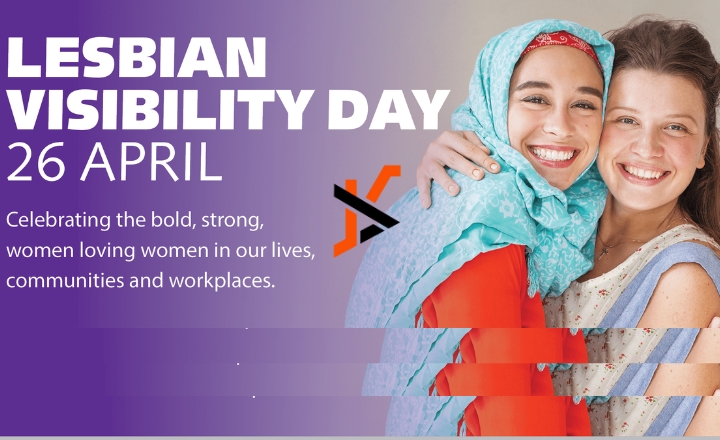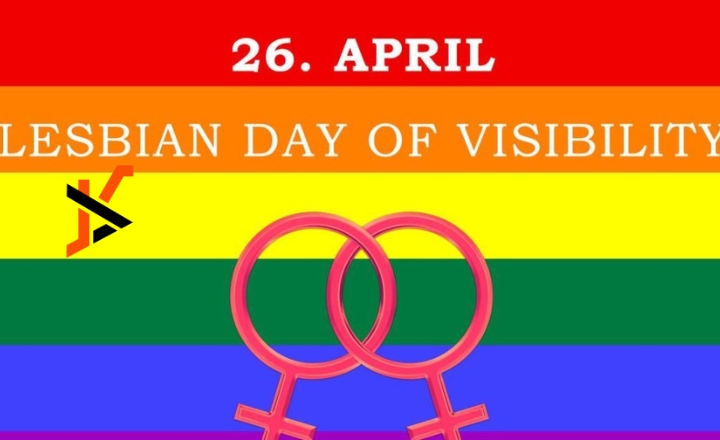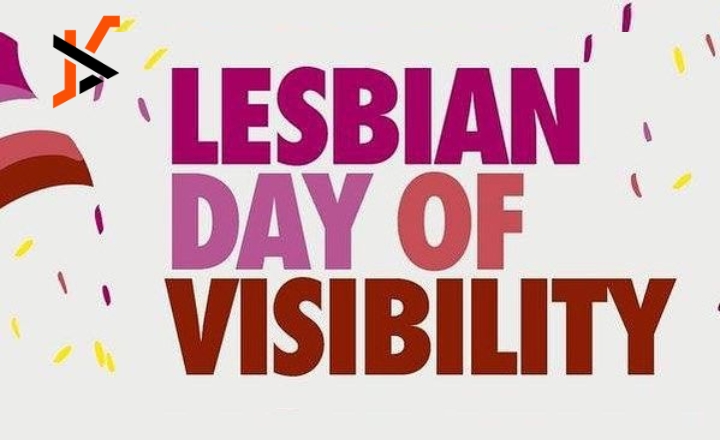Lesbian Day is a significant occasion that honors the experiences, struggles, and triumphs of lesbian individuals around the world. Celebrated annually, this day serves as a reminder of the importance of visibility, acceptance, and advocacy for the lesbian community.
As society evolves, so too does the understanding and appreciation of the diverse spectrum of sexual orientations. In this article, we will explore the origins of Lesbian Day, its significance, events associated with it, and the broader implications for LGBTQ+ rights and representation.
The Origins of Lesbian Day
Lesbian Day, often celebrated on April 26th, traces its roots to the early LGBTQ+ rights movements that began gaining momentum in the mid-20th century. The day seeks to acknowledge the unique challenges faced by lesbians and to promote awareness about their contributions to society.
The modern LGBTQ+ rights movement gained significant traction after the Stonewall Riots in 1969, which marked a turning point in the fight for equality. While the focus initially revolved around various sexual orientations, the issues faced by lesbian individuals began to gain more visibility. Activists emphasized the need for specific recognition of lesbian rights, which led to the establishment of days dedicated to celebrating lesbian identity.
Lesbian Day emerged from these efforts as a way to uplift lesbian voices and experiences, fostering a sense of community and solidarity. Over the years, it has become a platform for education, celebration, and advocacy, aimed at breaking stereotypes and combating discrimination.
The Significance of Lesbian Day
Lesbian Day holds immense significance for multiple reasons. Firstly, it serves as a celebration of love and identity. For many, embracing their sexuality is a journey filled with challenges, and having a dedicated day to honor this experience can be empowering. It provides an opportunity for lesbians to express pride in their identity, fostering a sense of belonging within the broader LGBTQ+ community.
Lesbian Day raises awareness about the ongoing struggles that lesbian individuals face. Despite advancements in LGBTQ+ rights, issues such as discrimination, violence, and social stigma persist. Events organized on this day often focus on educating the public about these challenges and advocating for policy changes that promote equality and protection for all sexual orientations.
The day serves as a reminder of the importance of representation. Media portrayals of lesbian characters and stories have historically been limited or stereotypical. By celebrating Lesbian Day, advocates push for more authentic and diverse representations in film, television, literature, and other forms of media. This visibility helps to normalize lesbian identities and fosters understanding among those who may not be familiar with the experiences of the community.

Events and Celebrations
Lesbian Day is marked by various events and activities around the globe, each aimed at celebrating lesbian identity and fostering community. Here are some common ways people observe this important day:
1. Community Gatherings and Marches
Many cities host community gatherings, marches, or parades to celebrate Lesbian Day. These events often feature speakers, performers, and activists who share their experiences and insights. They provide a platform for lesbians to connect, share stories, and support one another in a safe and affirming environment.
2. Educational Workshops and Panels
Organizations focused on LGBTQ+ rights frequently organize workshops and panel discussions on Lesbian Day. These events aim to educate attendees about the history of lesbian rights, current issues facing the community, and ways to advocate for change. Topics may include mental health, intersectionality, and the importance of allyship.
3. Social Media Campaigns
In the digital age, social media plays a crucial role in spreading awareness about Lesbian Day. Hashtags and campaigns often emerge, encouraging individuals to share their stories, experiences, and expressions of pride. These online initiatives help to amplify voices that may not be heard in traditional media and foster a sense of global solidarity among lesbians.
4. Art and Cultural Events
Art has long been a medium for expressing identity and experiences, and many use Lesbian Day to showcase works by lesbian artists. Galleries may host exhibitions featuring art that explores lesbian identity, love, and activism. Film screenings of lesbian-centered narratives also take place, providing audiences with an opportunity to engage with authentic stories.
5. Fundraising for LGBTQ+ Organizations
Many events on Lesbian Day include fundraising efforts to support organizations that advocate for lesbian rights and LGBTQ+ issues. By raising money and awareness, these initiatives contribute to ongoing efforts to combat discrimination and promote equality.
Broader Implications for LGBTQ+ Rights
Lesbian Day not only celebrates lesbian identity but also contributes to the broader LGBTQ+ rights movement. The visibility gained through such celebrations helps challenge societal norms and misconceptions about sexual orientation. It fosters discussions about acceptance and inclusivity, encouraging individuals to educate themselves and others.
The fight for lesbian rights is intertwined with the struggles of the entire LGBTQ+ community. Issues such as marriage equality, anti-discrimination laws, and healthcare access affect all sexual orientations. By advocating for lesbian rights specifically, activists highlight the unique challenges faced by this group while reinforcing the importance of solidarity within the community.
Lesbian Day serves as a reminder of the intersectionality present within the LGBTQ+ movement. Lesbian individuals come from diverse backgrounds, and their experiences are shaped by factors such as race, ethnicity, socioeconomic status, and ability. Recognizing these intersections is crucial for creating an inclusive movement that addresses the needs of all members of the LGBTQ+ community.
Challenges and Ongoing Advocacy
Despite the progress made in recent years, challenges remain for the lesbian community. Discrimination, violence, and marginalization continue to affect many individuals. In some regions, being openly lesbian can lead to severe consequences, including social ostracism, legal repercussions, and even violence.
Lesbian Day highlights the need for ongoing advocacy to combat these issues. Activists continue to push for comprehensive anti-discrimination laws, improved access to healthcare, and educational resources that promote understanding and acceptance. The importance of allyship cannot be overstated; allies play a critical role in amplifying voices and supporting the rights of the lesbian community.

Conclusion
Lesbian Day is more than just a celebration; it is a powerful reminder of the resilience, strength, and vibrancy of the lesbian community. By honoring this day, we recognize the unique challenges faced by lesbians while celebrating their contributions to society.
As we continue to advocate for equality and acceptance, it is essential to remember that visibility matters. Celebrating Lesbian Day fosters understanding and compassion, encouraging individuals to embrace love in all its forms. Through education, community engagement, and advocacy, we can work towards a future where everyone, regardless of their sexual orientation, can live authentically and without fear.

